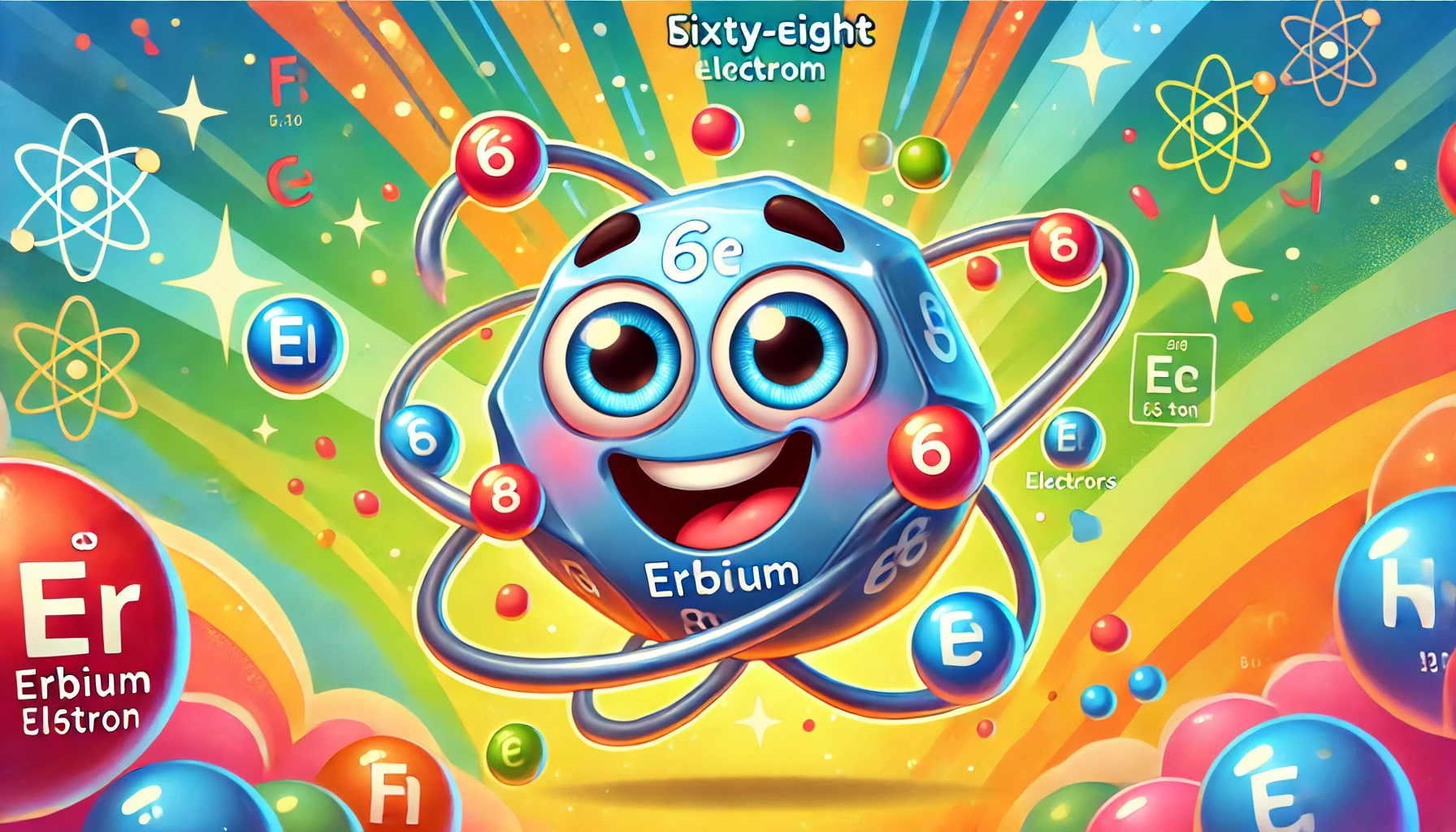Understanding Erbium: Properties, Uses, Health Risks, and Fascinating Facts
Understanding Erbium: Properties, Uses, Health Risks, and Fascinating Facts
Table of Contents
- Introduction to Erbium
- Properties of Erbium
- Uses of Erbium
- Health Risks of Erbium Exposure
- Interesting Facts about Erbium
- Environmental Impact of Erbium
- Conclusion
- References
Understanding Erbium: Properties, Uses, Health Risks, and Fascinating Facts
Introduction to Erbium Erbium is a chemical element with the symbol Er and atomic number 68. It is a rare earth element that belongs to the lanthanide series. Known for its unique optical and physical properties, erbium plays a significant role in various modern technologies. This article explores the properties, uses, health risks, and interesting facts associated with erbium, providing a comprehensive understanding of this valuable element.
Properties of Erbium Erbium is characterized by several distinct physical and chemical properties.
Physical Properties
- Appearance: Erbium is a silvery-white, soft, and malleable metal.
- Density: The density of erbium is 9.066 g/cm³.
- Melting Point: Erbium melts at 1,529°C (2,784°F).
- Boiling Point: The boiling point of erbium is 2,868°C (5,194°F).
Chemical Properties
- Reactivity: Erbium is relatively stable in air, slowly oxidizing to form a protective oxide layer. It reacts slowly with water and dissolves in acids.
- Magnetic Properties: Erbium exhibits paramagnetic properties at room temperature and becomes ferromagnetic below -425°C (-713°F).
- Compounds: Erbium forms various compounds, including erbium oxide (Er₂O₃), erbium chloride (ErCl₃), and erbium nitrate (Er(NO₃)₃).
Uses of Erbium Erbium has several applications across different industries due to its unique properties.
Telecommunications
- Fiber Optic Amplifiers: Erbium-doped fiber amplifiers (EDFAs) are used to boost signals in fiber optic communication networks, enhancing the transmission of data over long distances.
Lasers
- Medical Lasers: Erbium lasers, such as erbium-doped yttrium aluminum garnet (Er
) lasers, are used in various medical and dental procedures for precise cutting and ablation of tissue.
- Industrial Lasers: Erbium lasers are also used in industrial applications for cutting, drilling, and welding materials.
Metallurgy
- Alloying Agent: Erbium is used as an alloying agent to improve the mechanical properties and corrosion resistance of metals, including vanadium and titanium alloys.
Glass and Ceramics
- Coloring Agent: Erbium oxide is used to impart a pink color to glass and ceramics, making it valuable in decorative and functional applications.
Health Risks of Erbium Exposure Erbium is generally considered to have low toxicity, but there are some health risks associated with exposure to erbium compounds and dust.
Inhalation and Ingestion
- Respiratory Irritation: Inhalation of erbium dust can cause respiratory irritation, coughing, and shortness of breath.
- Gastrointestinal Issues: Ingestion of erbium compounds can cause gastrointestinal irritation, including nausea and vomiting.
Skin and Eye Contact
- Skin Irritation: Direct contact with erbium compounds can cause skin irritation and dermatitis.
- Eye Irritation: Exposure to erbium dust or solutions can cause eye irritation and potential damage.
Interesting Facts about Erbium Erbium has several intriguing aspects that make it an interesting element.
Discovery
- Discovered in 1843: Erbium was discovered by Swedish chemist Carl Gustaf Mosander in 1843. It was named after the village of Ytterby in Sweden, where the mineral from which it was isolated was found.
Unique Properties
- Optical Amplification: Erbium is well-known for its ability to amplify light signals, making it crucial in modern fiber optic communication systems.
Isotopes
- Stable Isotopes: Erbium has six naturally occurring stable isotopes, with erbium-166 being the most abundant.
- Radioactive Isotopes: Erbium-169 is a radioactive isotope used in various scientific research applications.
Environmental Impact of Erbium Erbium is not known to have significant environmental impacts, but its extraction and use should still be managed responsibly.
Natural Occurrence
- Abundance: Erbium is relatively scarce in the Earth’s crust and is typically found in minerals such as xenotime, euxenite, and monazite.
- Mining: Extraction of erbium from these minerals must be done with care to avoid environmental damage.
Industrial Waste
- Waste Management: Proper disposal of erbium-containing industrial waste is crucial to prevent environmental contamination.
Conclusion Understanding erbium, its properties, uses, health risks, and interesting facts provides valuable insight into this versatile element. While erbium is generally safe with low toxicity, appropriate safety measures should be taken when handling erbium compounds and dust. Its applications in telecommunications, lasers, metallurgy, and glass highlight its importance in modern technology and industry.

<ⓒ WizardMedics (wizardmedics.com)>






